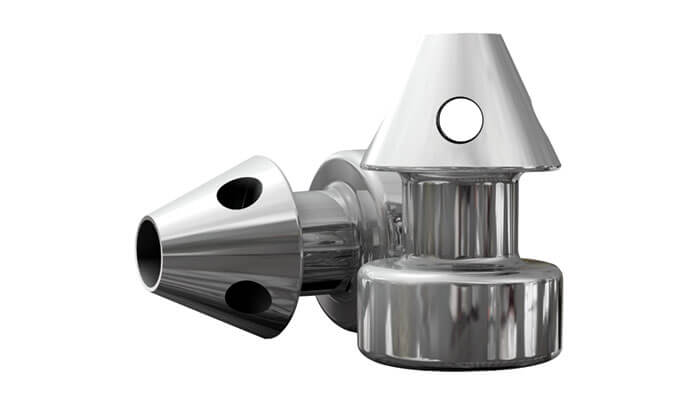
Glaukos is a name synonymous with innovation. The company focused on revolutionary glaucoma treatments made waves last year with the iStent inject. Building on 2012’s original iStent technology, the iStent inject is even smaller than its predecessor, with an incredible 0.36 mm profile. The device comprises a unique hand-held injector capable of implanting two heparin-coated titanium stents via a single corneal entry point. By creating a permanent micro-bypass into the trabecular meshwork, it allows fluid to flow out of the eye, lowering IOP, which may allow doctors to reduce patient dependence on eye drops. Over 400,000 iStent and iStent inject have already been implanted globally – a number that is set to grow now the device has been approved by the FDA. It’s no surprise: the iStent inject is as versatile as it is effective; surgeons can use the device during cataract surgery or as a stand-alone procedure. Not only is it convenient and cost-effective, it also has an unparalleled safety profile, often requiring no additional follow-up beyond that of a usual cataract procedure.
With such a device in its portfolio, you may think that Glaukos has done all it can in the glaucoma treatment market – but you would be wrong. “Glaucoma remains one of the leading causes of blindness worldwide,” says Tom Burns, CEO of Glaukos. “As a company, we remain focused on bringing the most efficacious technology to users worldwide – and that includes our latest device, the iDose®.”
Put simply, iDose is an intraocular implant designed to continuously elute therapeutic levels of medication, with the aim of reducing intraocular pressure. It is filled with a special formulation of Travoprost (a prostaglandin analog used to reduce elevated intraocular pressure) and capped with a membrane designed for continuous controlled drug delivery into the anterior chamber. “We believe it has the potential to overcome many of the drawbacks associated with the chronic use of topical medications that have been shown to cause long-term ocular surface irritation or damage in glaucomatous eyes – not to mention high rates of patient non-compliance,” said Burns.
The iDose is currently in phase III clinical trials, but has already been shown to achieve sustained IOP reduction and a favorable safety profile in 12-month interim cohort; the Phase II trial – a randomized, double-blind study featuring 154 patients – observed a 30 percent reduction in mean IOP. Not only that, the mean number of glaucoma medications ranged from 0.54 to 0.56 in the fast and slow iDose elution implant groups, respectively, compared with 0.72 mean medications in the timolol group (1).
Though the iDose is not yet commercially available, its release is eagerly anticipated. When it does come to market, it will join a portfolio of cutting-edge Glaukos products – from the original iStent to the upcoming iStent infiniteTM: a refractory glaucoma treatment, scheduled for release in 2021. Watch this space.

References
- Glaukos, “Glaukos Corporation’s iDose™ Travoprost Achieves Sustained IOP Reduction and Favorable Safety Profile in 12-Month Interim Cohort”, Available at https://tinyurl.com/y89q8dha. Accessed November 9, 2018.
